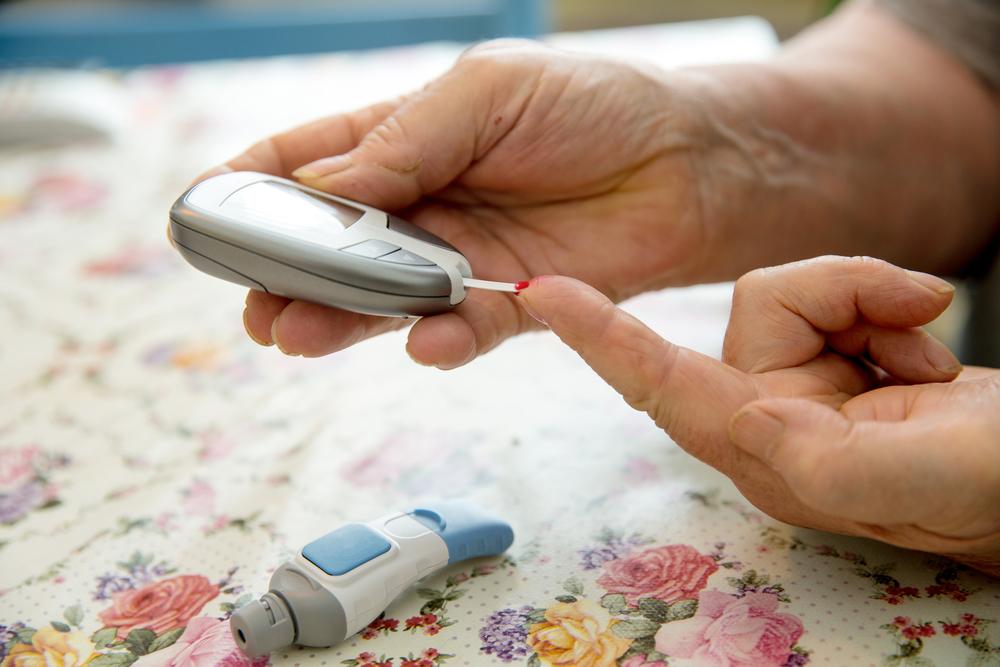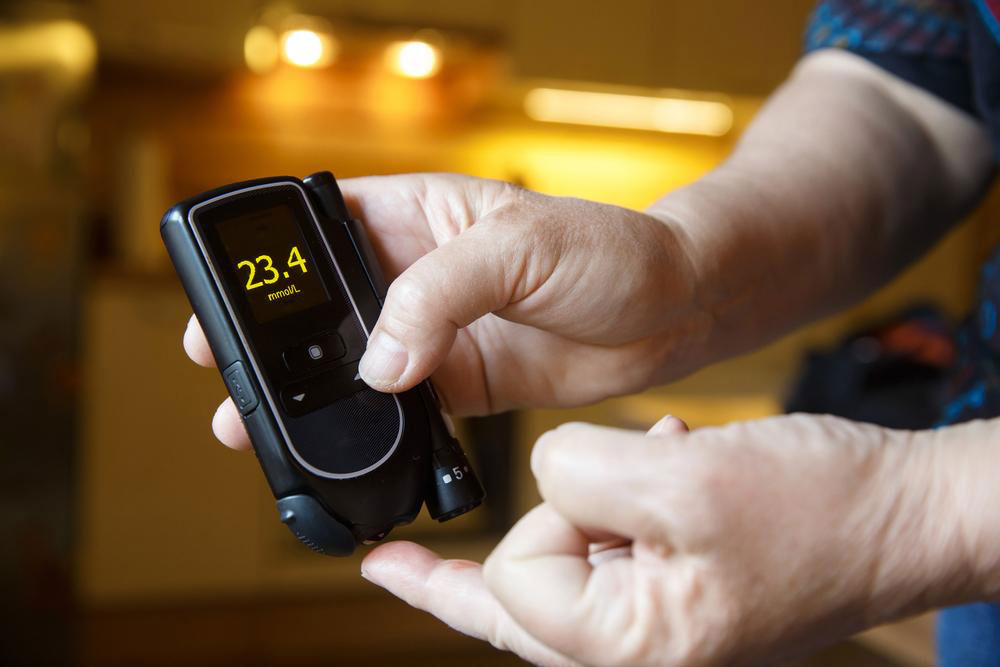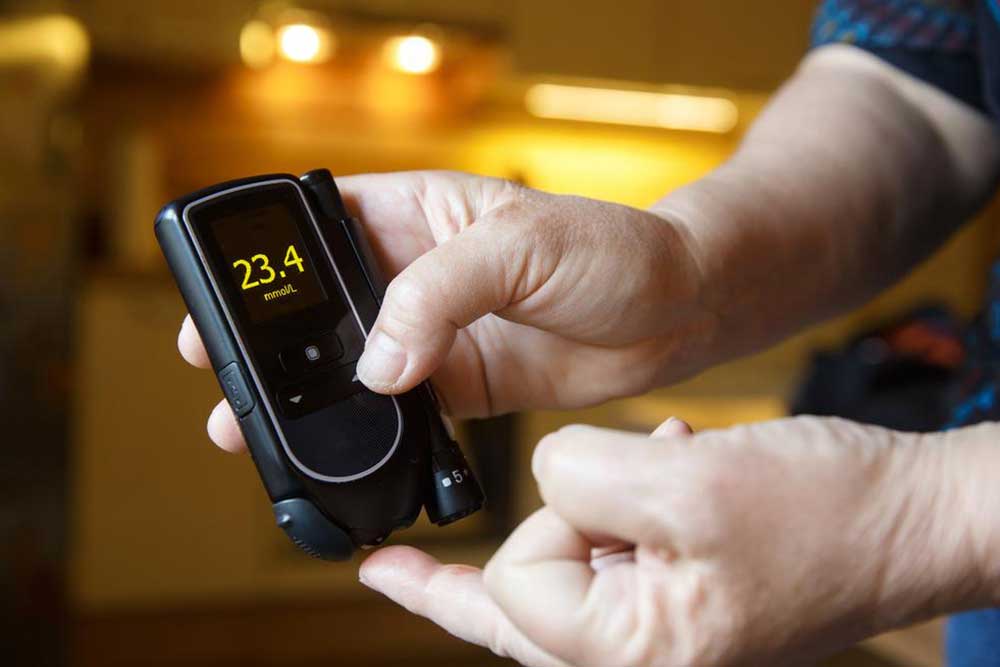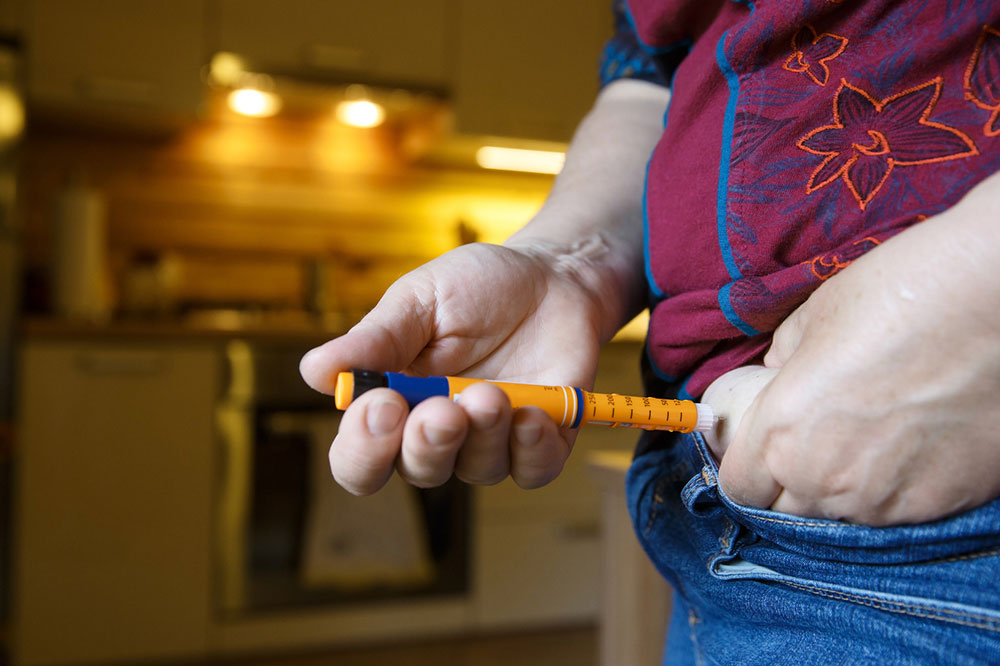Early Warning Signs of Diabetes: How to Recognize and Respond
This comprehensive guide explains how to recognize the early signs of diabetes, including symptoms such as excessive thirst, constant hunger, frequent urination, weight loss, and fatigue. It emphasizes the importance of early detection through symptom awareness, diet modifications, and lifestyle change to prevent severe health complications. Understanding the differences between Type 1 and Type 2 diabetes helps in proper management, highlighting that timely intervention is critical for maintaining health and quality of life.

Early Warning Signs of Diabetes: How to Recognize and Respond
Diabetes mellitus is a complex metabolic disorder that affects millions worldwide. Often developing silently, it results from the body's inability to regulate blood glucose levels effectively. Recognizing the initial signs of diabetes can significantly improve outcomes through timely intervention and lifestyle adjustments. This comprehensive guide delves into the symptoms, causes, and preventive measures associated with diabetes, aiming to equip readers with vital knowledge for early detection and management.
Diabetes primarily stems from the body's failure to produce sufficient insulin or to use insulin effectively. Insulin is a crucial hormone produced by the pancreatic beta cells, responsible for regulating the amount of glucose in the blood. After consuming carbohydrate-rich foods, the body converts these into glucose, which should enter cells to provide energy. In diabetic individuals, impaired insulin production or action results in excess glucose circulating in the bloodstream, leading to various health complications if left unaddressed.
Extensive research underscores that damage or dysfunction of pancreatic beta cells leads to elevated blood sugar levels, or hyperglycemia. When blood sugar exceeds 400 mg per deciliter, it often appears in both urine and blood tests, indicating a critical stage of imbalance. Diabetes is broadly categorized into Type 1 and Type 2, with the latter being the most prevalent form, especially among adults over 40. Understanding the differences between these types is essential for appropriate diagnosis, treatment, and lifestyle modifications.
Type 1 diabetes involves autoimmune destruction of insulin-producing pancreatic cells, often occurring early in life. Conversely, Type 2 diabetes develops over time due to lifestyle factors such as poor diet, inactivity, and obesity. While Type 1 requires insulin therapy, Type 2 may be managed through lifestyle changes, medication, or insulin depending on severity. Recognizing early symptoms can facilitate prompt diagnosis and effective management, preventing serious complications.
Common Early Symptoms of Diabetes
Excessive Thirst (Polydipsia)
Persistent dehydration and dryness in the mouth, even after drinking fluids, are hallmark signs. These symptoms result from high blood sugar levels causing the kidneys to excrete excess glucose, which pulls water from the body, leading to dehydration.
Unrelenting Hunger (Polyphagia)
A constant feeling of hunger despite adequate food intake occurs because the body cannot efficiently convert glucose into energy. This lack of energy prompts increased appetite, but the body's cells remain starved of nutrients.
Frequent Urination (Polyuria)
The need to urinate frequently, often exceeding 3 liters a day, is a characteristic symptom. The excess glucose in the blood filters through the kidneys, resulting in glucose excretion in urine and pulling additional fluids from the body, leading to dehydration and electrolyte imbalance.
Unexplained Weight Loss
Sudden weight loss without apparent reason is indicative of metabolic disturbances. When insulin is insufficient or ineffective, the body starts breaking down fats and muscles for energy, leading to weight reduction despite normal or increased food intake.
Persistent Fatigue
Feelings of tiredness, weakness, and low energy are common among diabetics. Cells cannot absorb glucose properly, resulting in decreased energy production and overall exhaustion.
Diet and Lifestyle Recommendations
Effective diabetes management begins with dietary modifications. Emphasizing vegetables, foods high in fiber, and minimizing refined carbohydrates can help regulate blood sugar levels. Limiting intake of white flour, fried foods, starchy items such as potatoes and rice, and processed snacks is crucial in maintaining metabolic health. Additionally, reducing alcohol consumption and sugary drinks prevents further blood sugar spikes. Regular physical activity, including morning walks or aerobic exercises, complements dietary efforts, aiding in blood glucose control. While exercise improves insulin sensitivity, it is not a cure; ongoing lifestyle adjustments are vital for long-term management.
Early detection combined with a balanced diet, moderate exercise, and regular medical checkups can dramatically reduce the risk of developing severe diabetes complications. Individuals should remain vigilant about the symptoms described and seek medical advice promptly if they experience any of these signs. Proper management not only improves quality of life but also prevents life-threatening conditions such as cardiovascular disease, kidney failure, and neuropathy.
In conclusion, understanding the early warning signs of diabetes equips individuals to take timely action. Together with healthy dietary habits and active living, early diagnosis and intervention form the cornerstone of effective diabetes control. Being proactive about health can prevent the progression of this chronic disease and promote overall well-being in the long run.





